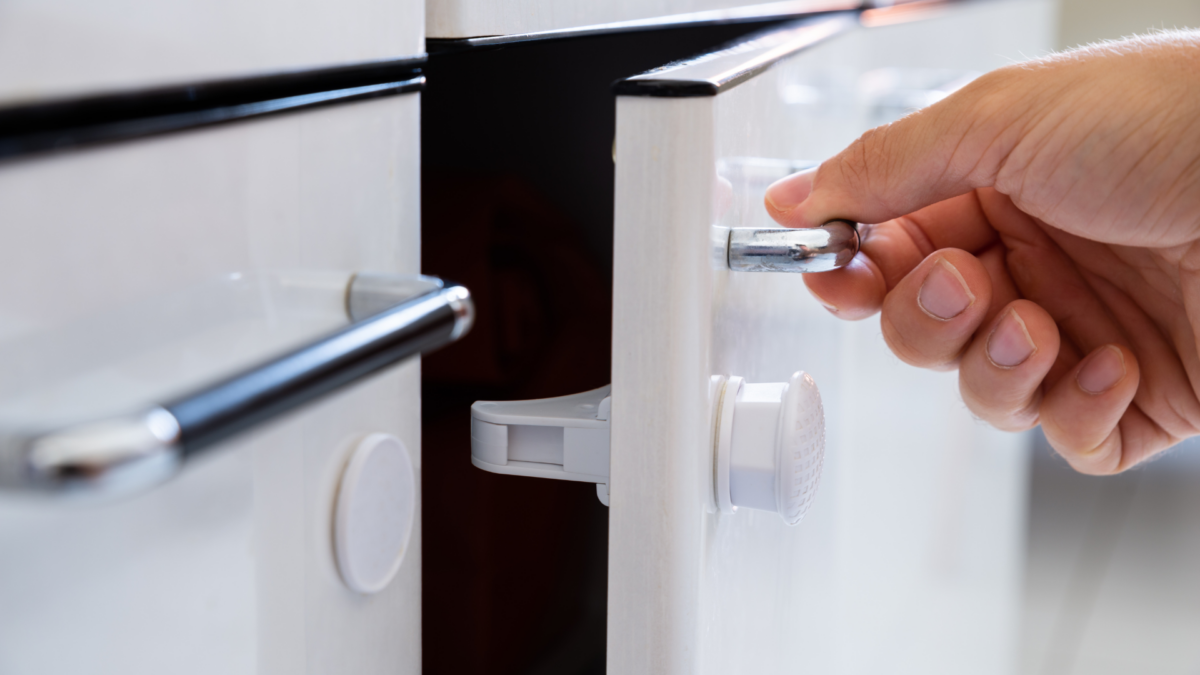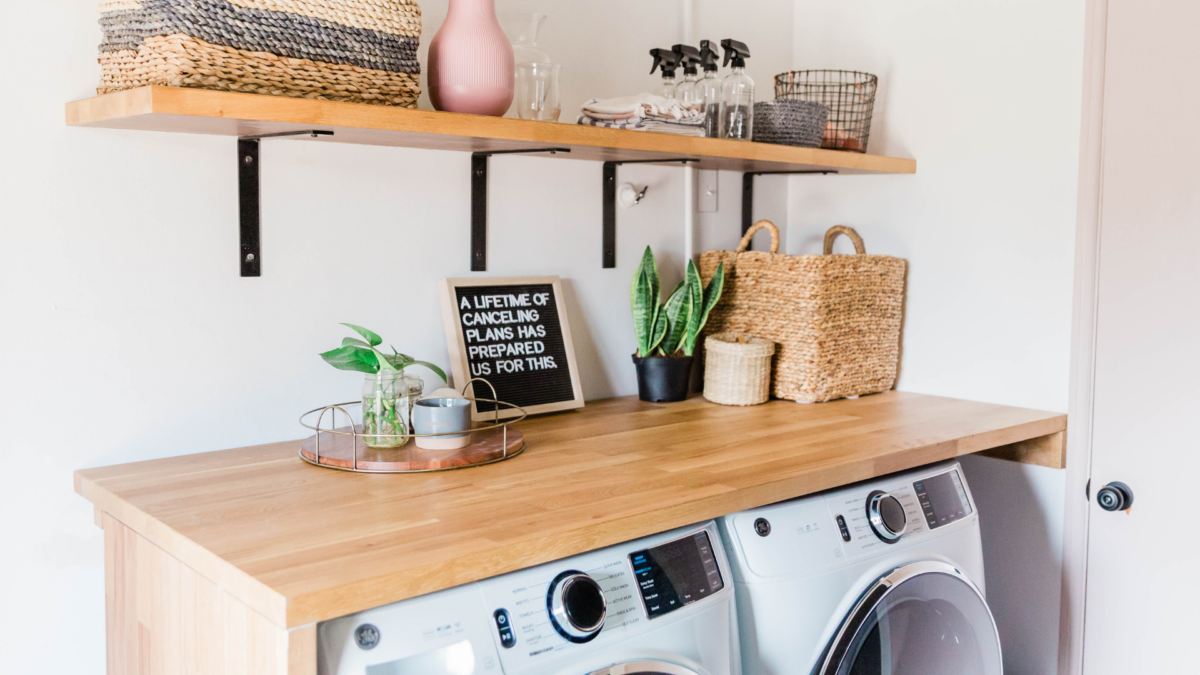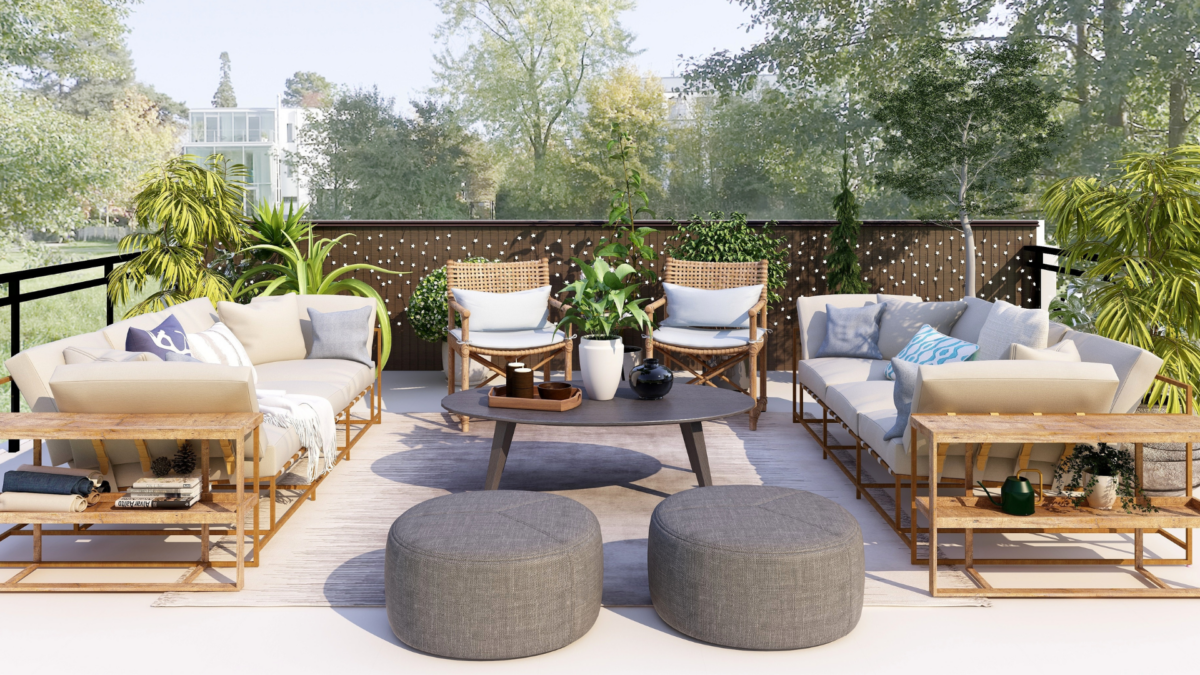The flowers are blooming, leaves are covering tree branches once again, and your home… well, it could probably use a little spring cleaning. After months of winter hibernation, putting a springtime sheen on your home can feel a bit overwhelming.
Thankfully, spring cleaning doesn’t have to be a chore that devours your entire weekend. Here are some tips to make spring cleaning your Crosswinds home easy and painless.
Declutter First
Before you pull out the mop and furniture polish, work on getting rid of all that “stuff” that’s been piling up since last December. This will help you to see better those neglected areas that really need a thorough cleaning, and it will also help to free up storage space.
Separate stuff into three piles: keep, donate, and trash. Don’t be afraid to be honest with yourself. If it’s something that you haven’t used in years, then pass it on to somebody else in the donate pile or chuck it in the garbage if it’s not worth salvaging.
Get the Kids Involved
If you have kids in the house, then you know they’re responsible for their share of the dirt and grime that finds its way into your home. Bring the kids in on the cleaning action – just be sure that you assign them tasks that they’re capable of handling.
Small kids often enjoy helping and are great with sorting old clothes and toys or wiping down tables and chairs. If you have older children, you may want to assign them a certain room to clean and incentivize them with a trip to the ice cream parlor after the chores are finished.
Work Room to Room
There are two ways of looking at how to organize the spring cleaning – prioritize the rooms that get the most use, or prioritize those rooms that are the messiest. Whichever way you choose, tackling one room at a time will help with efficiency.
If you aim for those rooms that get a lot of use (the bedrooms, bathrooms, living room), then start with things like washing the linens and blankets or scrubbing the toilet before moving on to areas like cleaning the baseboards or tub.
If your goal is to finally tackle those messy areas like a cluttered garage or attic in chaos, then reread the declutter section above and good luck!
Don’t Forget the Little Stuff
Spring cleaning is the perfect time to focus on those areas of the home that may not get cleaned as often as other spots. A few tasks that you may want to prioritize include:
- Dusting ceiling fans
- Shampoo rugs
- Reseal grout lines in tubs or countertops
- Spot clean upholstered furnishings
- Polish wooden furniture like bookshelves and dining tables
- Wash window screens
- Dust light fixtures
- Defrost the freezer
Keep Everything Organized
Once you’ve checked off everything on your spring cleaning list, some simple organization will help keep clutter down and make routine cleaning that much easier. Utilizing hooks, baskets, and containers can tame even the most out-of-control pantry, and flat storage bins that can slide under beds will free up closet space.
If at the top of your spring to-do list is to find your dream home, then check out the available inventory of homes in the master-planned Crosswinds community and reach out to us today.









